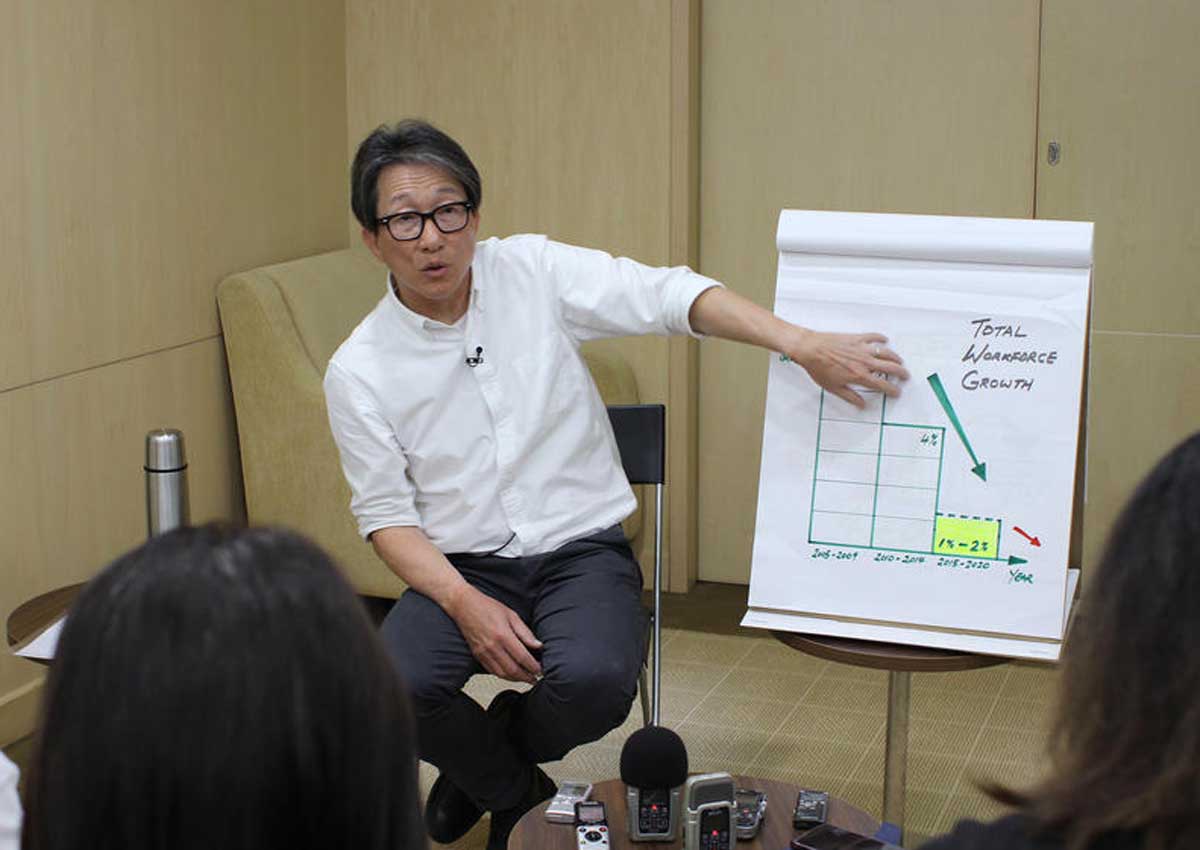Singapore – Manpower Minister Lim Swee Say says Singapore must become a manpower-lean economy due to its ageing population.
The government is trying to spread the mindset of lean enterprises, industry and services because there is no other way out for Singapore. This is the only way, Mr Lim said on Tuesday.
He was speaking at an event organised by the Infocomm Development Authority of Singapore (IDA), Singapore Workforce Development Agency (WDA) and Marina Bay Sands (MBS). The event was a Learning Journey for small and medium-sized enterprises (SMEs) in the cleaning sector.
As part of MOM’s Lean Enterprise Development (LED) scheme announced last September, Learning Journey is a series of events which showcase how SMEs can become early adopters of change, more productive, able to innovate, and manpower-lean.
The LED scheme is being piloted for two years and has three key features. One of them is to align efforts towards helping SMEs become more manpower-lean, with emphasis on a stronger Singaporean core and better-quality workers.
The other is transitional manpower support for early success in which MOM will exercise some temporary manpower policy adjustment during the period of transition for SMEs.
The third component is closer coordination and wider outreach to SMEs. This is being done by a cross-agency LED taskforce, led by Spring Singapore and WDA, that is helping to build on current efforts of the various agencies and integrate their existing assistance schemes to help SMEs in a more coordinated manner.
Mr Lim noted that SMEs must become manpower-lean because they employ two-thirds of the Singapore workforce. If they do not become manpower-lean, Singapore cannot become workforce-lean; so the SME sector is critical to success. “In the coming months, we will reach out to even more SMEs towards a manpower-lean economy,” he said.
Providing some statistics, the minister said that over the past five years, Singapore added more than 550,000 new workers to the workforce. Of these, 250,000 – or almost half – were locals.
Mr Lim noted, however, that over the next five years, Singapore would not be able to add another 250,000 local workers on account of an ageing population. The figure is more likely to be 100,000 workers, he said.
“This sharp drop in the increase of local manpower is due to an ageing workforce. Over the next five, 10 and 15 years, the number of workers will continue to go down . . . and the implication is a very major one.”
The only solution is to become a manpower-lean economy where we can find ways to slow down workforce growth in terms of numbers and instead improve the quality of jobs, Mr Lim said. “We enhance the quality of jobs, and not quantity, to drive the growth of the economy.”
He added: “We must move towards a one-plus-two-equals-three approach – in which we have one per cent growth in manpower and 2 per cent increase in productivity, which will give us 3 per cent growth in GDP (gross domestic product).”
Mr Lim noted that the Singapore Institute of Technology (SIT), through the Enterprise & Innovation Hub, recently launched the Lean Transformation Innovation Centre (LTIC).
With the collaboration between SIT, WDA and Boston-based Lean Enterprise Institute (LEI), LTIC will be a focal point for SMEs to acquire relevant knowledge, provide manpower training and also co-develop technological solutions that will help them become more manpower-lean.
Minister of State for Manpower Teo Ser Luck said the lean enterprise projects have been progressing well, and more than 600 SMEs have been approved to be lean enterprise development companies.
“All their solutions are trending towards a more productive workforce, scaling down the number of people they need and also extracting the maximum value from each individual in their company,” Mr Teo said.
On its part, the government is increasing the number of consultants and also multipliers that would help transition a company into a lean company. “This meets the objective of industry transformation that was mentioned in the Budget,” Mr Teo said.
He added that a lot of innovation is happening and that there is a manpower-lean and efficiency movement in the business sector, especially in the SME sector.
He noted that there are an increasing number of applications now for help to transition to a lean manpower organisation.
“Some would require certain transitional manpower that MOM will support; many others do not need that. But, most importantly, they have now come to understand that with the manpower-lean economy, they are going to face a very tight manpower situation, and they have to go this way to be more automated and efficient with a manpower-lean workforce,” Mr Teo said.

This article was first published on April 27, 2016.
Get The Business Times for more stories.






